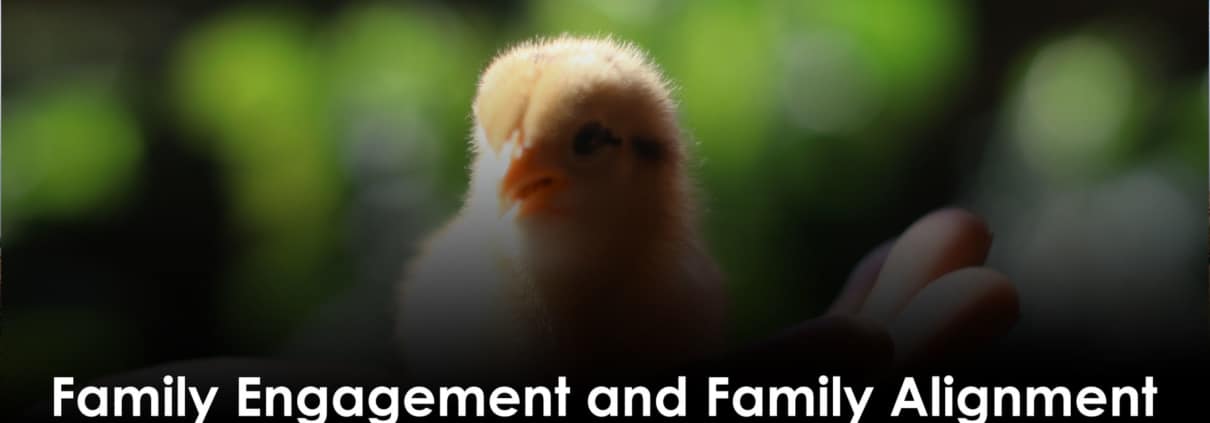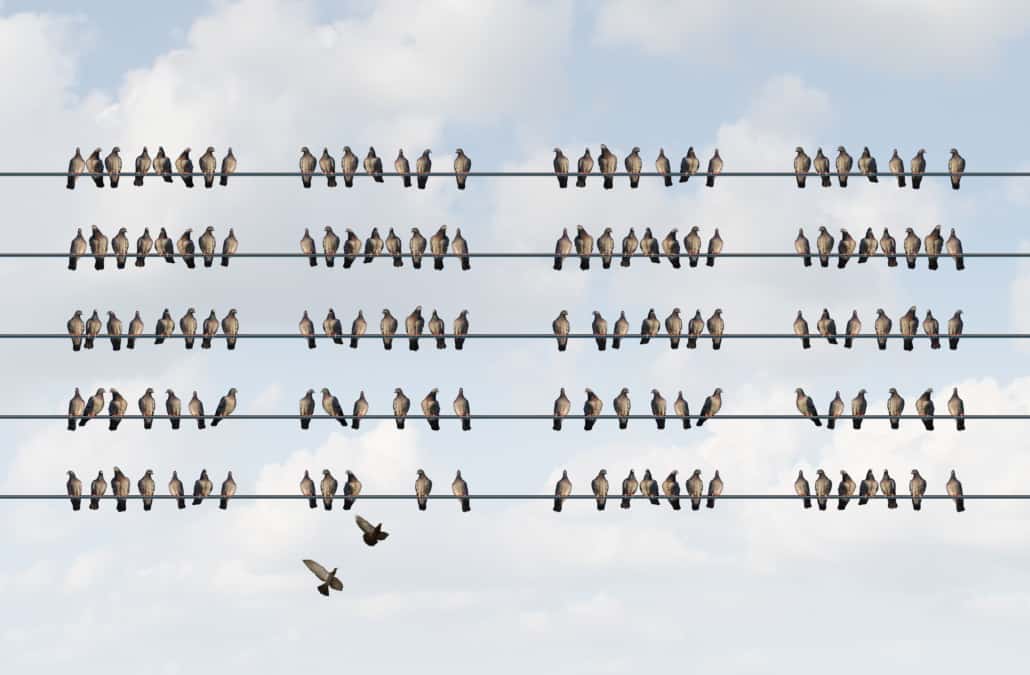Which Came First?
This week we’re looking at one of those “which came first?” situations, so as you’ve probably guessed, it’s kind of a trick question.
The good news is there’s no wrong answer!
I’ve written quite a bit about family alignment in this space, most recently in On Family Alignment and Family Alliances last fall.
But this’ll be the first time I’m dealing with family engagement, and in some ways it’s long overdue.
Coming Up Again and Again
Maybe it just feels overdue because the idea of alignment and engagement being two sides of the same coin came to me a couple of months ago, and ever since, it keeps on jumping up and hitting me in the face, seemingly at every turn.
I’m working with one client who’s drafting her family’s first ever “family charter”, which will essentially be the first written version of the guidelines for their “family council”, which doesn’t really exist yet.
The “writing it down” part is all about the alignment, but the work my client has been struggling with is in getting input from other family members, because she wants to make sure she’s capturing things correctly, and that’s all about engagement.
Getting the Rising Generation Interested and Involved
Another client with whom I’m working has taken a family business he bought from his father and grown it significantly, and he’s now working out the details of how to get his children and nieces and nephews interested and involved.
This is the type of engagement issue that lots of family businesses face at various stages in their evolution.
But they can quickly go from low engagement to high, and then suffer from issues around their alignment, because the people who just got interested all see things in a different way.
All of this is quite normal, and possibly a good problem to have.
A Regular Governance Problem: Balance
You may have encountered the same issue in other, non-family governance situations, whether it’s the board of a non-profit or even a committee that you’re a part of.
I’ve seen it up close in each of those situations, although I really noticed it more recently, since this idea began to crystalize in my head.
But like I said, it’s a good problem to have, and there’s no wrong answer.
You can start working on one, and it’ll help you with the other, and it works both ways.
Leadership and Collaboration
Before I get to a couple of examples, I want to highlight that a similar idea hit me a few years ago and has stuck with me.
I’d read a book about collaborative leadership, where the point was made that people who are collaborative are exhibiting leadership, and the people who are leaders are collaborating with their followers almost by definition.
It’s almost circular.
It was one of those things that took a bit of time to sink it, but now that I’ve internalized it, it seems to be there for good.
And so it is now, with alignment and engagement, especially in the family business context.
Start Where You Are
Wherever your family is, start there. Sounds obvious, but, like common sense that isn’t really common, it isn’t.
If a family is engaged, work on continuing to develop that, and you’ll quickly get to a point where some possible “mis-alignments” pop up.
Great, now you have something to work on that’s a bit different, solving that alignment issue.
If, however, the family seems nicely aligned, start there and “push” that further. You’ll likely hit a point where some might disengage, and then you can work on engaging them again.
In so doing, you’ll almost naturally find yourself tweaking the alignment again.
Incremental, Iterative Progress
The good news, again, is that this is all part of progress.
Families who hope to transition their business or wealth to the rising generation need to have engagement, and they need to be aligned, if they want things to work out right and to have the results be durable.
As you work on developing one, alignment or engagement, you’re also making progress on the other.
It may not feel like progress because it doesn’t move quickly. It’s incremental, one tiny step at a time.
And, as I hope I’ve shown here, it is also iterative, as the family keeps rolling along forward.
One hand washes the other, and two hands are better than one.






